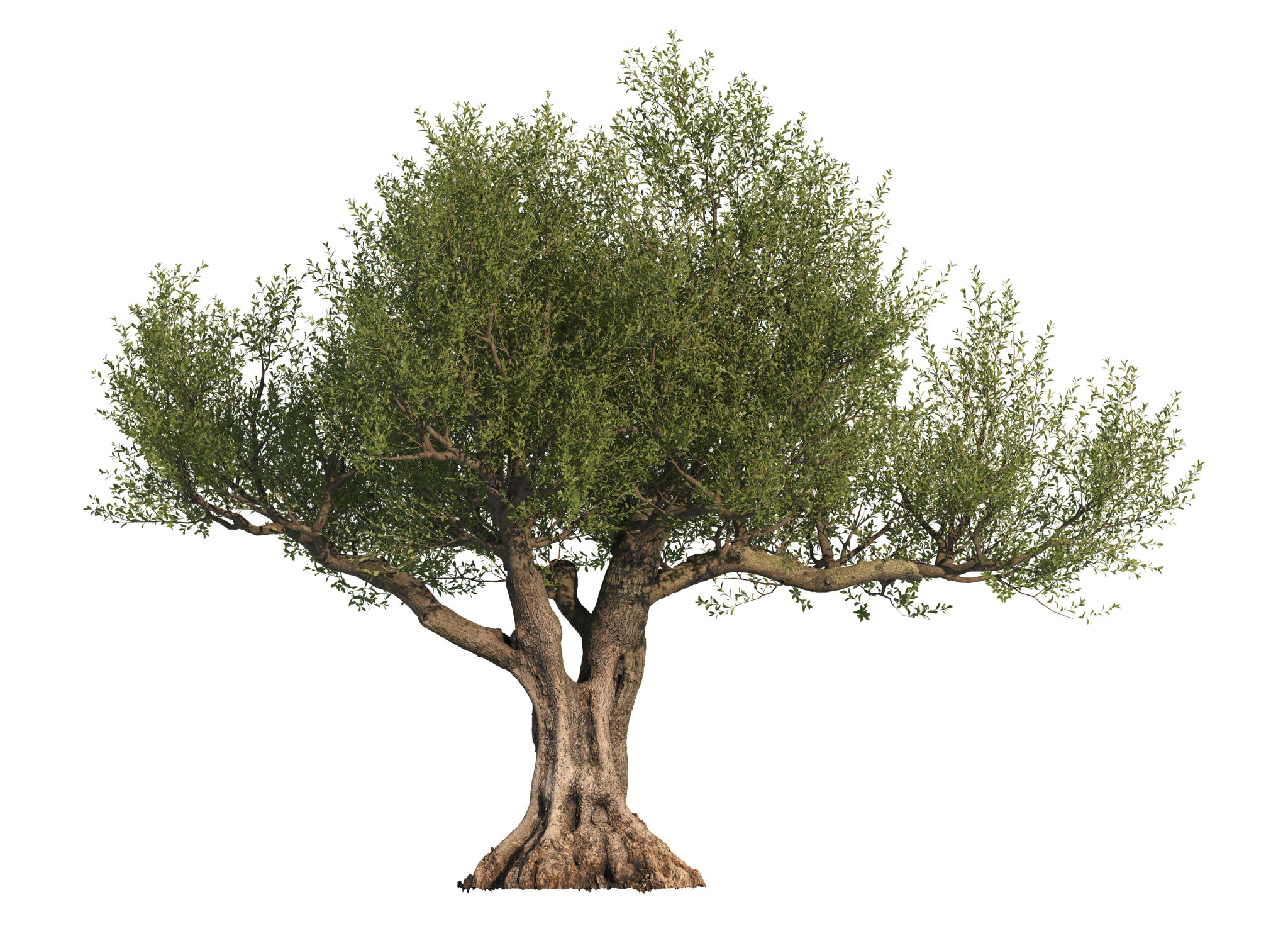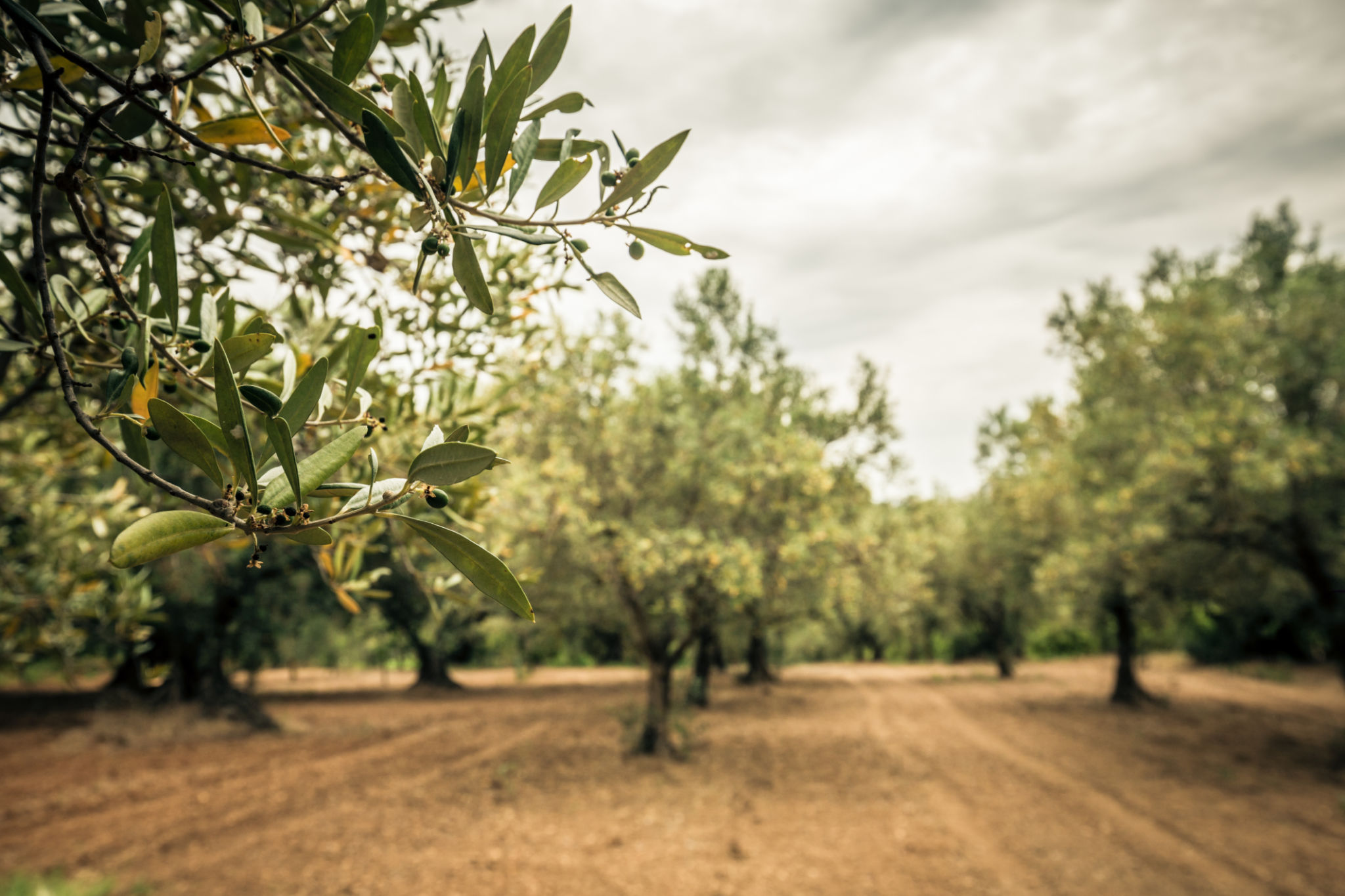The Impact of San Simon's Unique Climate on Olive Growth
Understanding San Simon's Unique Climate
San Simon, a picturesque region known for its unique climate, plays a significant role in the cultivation of olives. The area's Mediterranean-like weather conditions are characterized by hot, dry summers and mild, wet winters. This climate is ideal for olive growth, providing the perfect balance of sunlight and moisture that these trees need to thrive.
The region's climate is influenced by its proximity to the coast, which moderates temperatures and provides a consistent growing environment. This ensures that olive trees can produce high-quality fruit year after year. Moreover, the natural topography of the area helps in maintaining a healthy drainage system, preventing waterlogging and root diseases.

The Role of Temperature in Olive Cultivation
Temperature is a critical factor in olive cultivation, and San Simon's climate provides the optimal range for growth. Olive trees prefer temperatures between 60°F and 80°F, which are typically achieved during San Simon's growing season. The warm days encourage photosynthesis, while cooler nights help maintain tree health.
However, extreme temperatures can be detrimental. Frost can damage developing buds and flowers, reducing yield. Fortunately, the mild winters in San Simon help protect the trees from such extremes, ensuring a consistent harvest.

Water Management and Its Importance
Water management is another crucial aspect of olive growth, and San Simon's climate supports efficient irrigation practices. The region receives moderate rainfall during winter, which provides natural hydration for the trees. In the drier months, farmers rely on carefully planned irrigation systems to supplement water needs without over-saturating the soil.
Effective water management not only supports healthy tree growth but also enhances the quality of olives produced. By controlling water levels, farmers can influence the size and flavor of the fruit, resulting in a superior product.
Impact on Olive Quality and Yield
The unique climate of San Simon significantly impacts both the quality and yield of olives. The balanced conditions allow for the production of olives that are rich in flavor and nutrients. The consistent sunlight helps develop the fruit's oil content, while the moderate rainfall ensures adequate hydration for optimal growth.
Farmers in San Simon have adapted their techniques to capitalize on these climatic benefits. By monitoring weather patterns and adjusting cultivation methods accordingly, they can maximize both yield and quality, making San Simon olives highly sought after in local and international markets.

Challenges and Adaptations
Despite its advantages, San Simon's climate does present some challenges to olive growers. Periods of drought or unexpected weather changes can impact production. However, local farmers have developed strategies to mitigate these risks. These include using drought-resistant olive varieties and implementing advanced irrigation technologies to conserve water.
Additionally, ongoing research in agricultural practices helps farmers stay ahead of potential climate-related issues. By embracing innovation and adapting to changing conditions, San Simon continues to maintain its reputation as a premier olive-growing region.
Conclusion: The Future of Olive Cultivation in San Simon
San Simon's unique climate remains a cornerstone of its successful olive industry. The balance of temperature, rainfall, and sunshine provides an ideal environment for cultivating high-quality olives. As global climates change, regions like San Simon serve as examples of how traditional agricultural practices can adapt and thrive.
Looking forward, continued investment in sustainable practices and technology will be key to preserving San Simon's olive heritage. By embracing these advancements, the region can ensure that it remains a leader in olive production for generations to come.